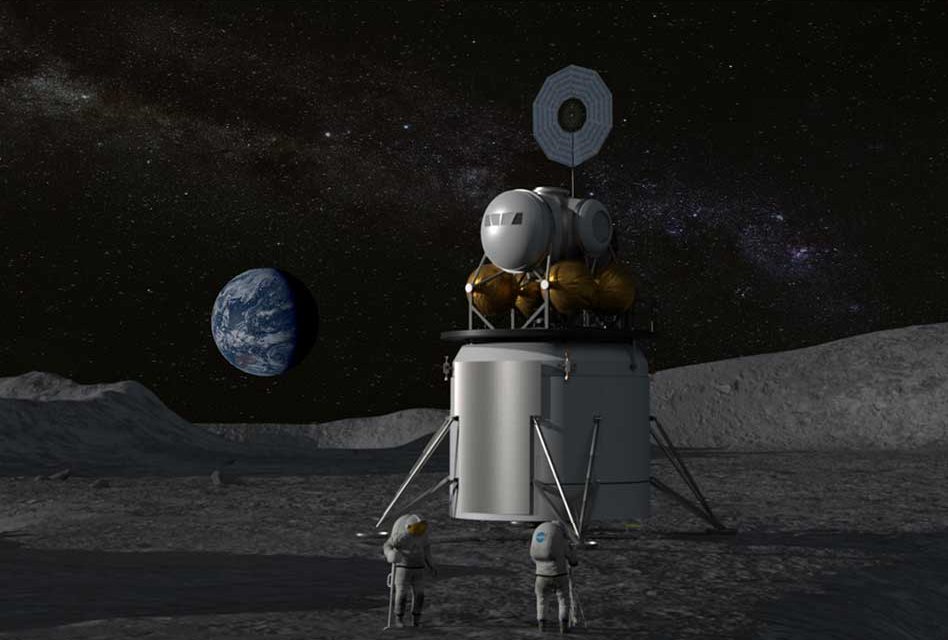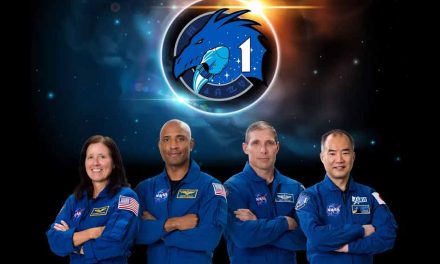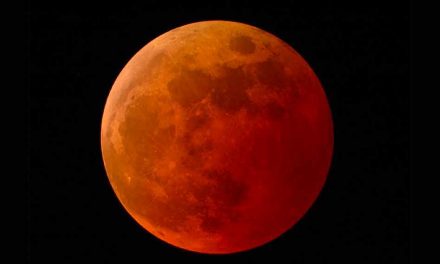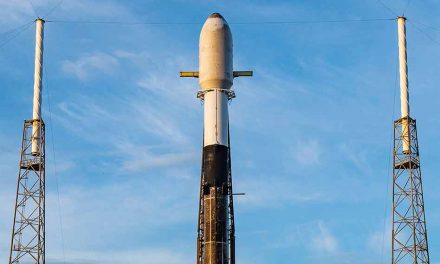Toward the end of 2018 NASA selected nine private spaceflight companies who will now be permitted to bid on upcoming space projects. The nine companies announced are Astrobotic Technology, Deep Space Systems, Draper, Firefly Aerospace, Intuitive Machines, Lockheed Martin Space, Masten Space Systems, Moon Express, and Orbit Beyond.
Currently not on the list are SpaceX and Boeing, though NASA recently ordered a safety review of the two companies, both of which are working to launch crewed missions.
One of NASA’s main focuses, along with landing on Mars, is to return to the moon and stay there for the long run. That means commercial landers need to make their way to the lunar surface, and there are lots of questions that need to be answered before this can all take place.
Commercial landers will need to practice launching and landing on the moon and with that numerous questions need to be answered when dealing with the moon’s surface. NASA wants to solidify technologies on the moon that will later be used for future Mars settlements as well.
A recent buzzword when speaking of space settlement communities is in-situ resource utilization or ISRU. This means utilizing resources already available on the moon and Mars, rather than attempting to bring them along for the ride, which has been typically what NASA has done for many space missions. Solar is what first comes to mind when speaking of ISRU, but extracting water, which can be used for drinking or to power rockets is now of high priority. Hydrogen and oxygen are part of what makes up water and are both powerful fuel materials.
The plan is that commercial lunar partners will learn how to mine and utilize resources on the moon and prepare them for future missions. They’ll also work on collecting materials from the lunar surface and then bring them back to Earth. They will be responsible for creating communication networks between robots on the moon, space stations orbiting the moon, and mission control on Earth.
This is all designed to interface with the upcoming space station in orbit around the moon that will serve as a hub for unmanned and manned missions to the lunar surface as well as for deep space missions. NASA is hoping to once again enter the lunar orbit by 2022 and the orbiting Lunar Gateway by 2026.

















